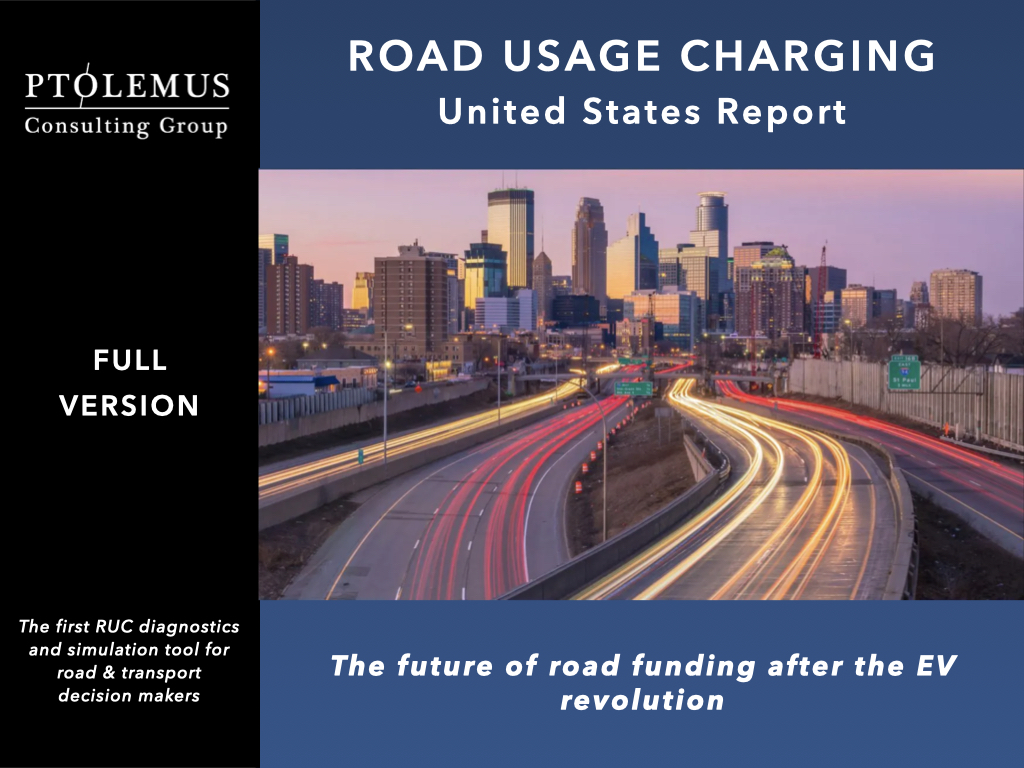Key Drivers of RUC in the US: Road infrastructure needs

As we discussed in the first part of this series on key drivers of RUC in the US, road infrastructure needs are a motivating factor in the adoption of RUC schemes in the US.
The United States is home to the world’s largest and most extensive road network, covering more than 4 million miles. This vast infrastructure is an essential component of the country’s economy, enabling the transportation of goods and services, as well as facilitating the mobility of individuals. However, despite its size and importance, the US road network faces significant challenges that threaten its functionality and longevity.
One of the most pressing issues facing the US road infrastructure is the state of disrepair of many roads and bridges. According to a report by the American Society of Civil Engineers, one in five US highways is in poor condition, and over 47,000 bridges are deemed structurally deficient. This deterioration is not only a safety hazard for drivers, but it also increases the cost of maintenance and repair, which puts a strain on government budgets.
Another issue is traffic congestion, which is a growing problem in many urban areas across the country. The average American driver spends 54 hours per year stuck in traffic, costing them time and money. Congestion also negatively impacts air quality, as idling vehicles emit harmful pollutants into the atmosphere.
Moreover, the US road infrastructure is not adequately equipped to handle the increasing demand for alternative modes of transportation, such as electric vehicles and bicycles. As more people switch to these forms of transportation, the current road network will need to be upgraded to accommodate their needs, such as the installation of charging stations and bike lanes.
To address these challenges, the US government needs to invest in the road infrastructure. The fuel tax has long been the primary method of road infrastructure funding but is no longer adequate to support US road infrastructure. Were it not for a recent $118 billion bailout from the General Fund, the Highway Trust Fund would’ve been insolvent in 2022. Even with this cash injection, the Highway Trust Fund is on track to become insolvent by 2027. A significant increase in funding is required to repair and maintain existing roads and bridges, as well as to construct new ones where necessary. Road usage charging as a replacement for the motor fuel tax can be the solution to the road infrastructure funding issue.
To learn more about RUC see our next post in this series on the key drivers of road usage charging in the US on Political & Regulatory Advances or review our in-depth market research reports on RUC and ETC.

